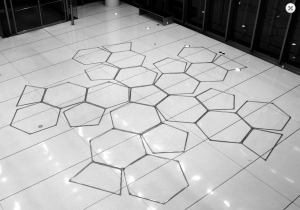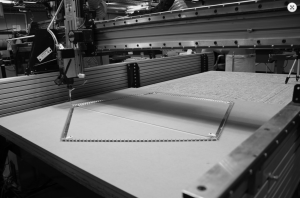//JooHee Kim
//Section E
//jooheek@andrew.cmu.edu
//Project-07
//This project is based on the epicycloid formula
//http://mathworld.wolfram.com/Epicycloid.html
function setup() {
createCanvas(480, 480);
angleMode(DEGREES);
}
function draw() {
background(0,30);
//moves lines to the middle of canvas
translate(width/2, height/2);
//draws 5 curve shapes in different sizes
for (var curveSize = 0; curveSize < 10; curveSize += 2) {
//draws lines on every angle of the curve in degrees mode
for (var i=0; i<360; i++) {
//variable that remaps mouseX from 0 to 12
//represents "a" in original formula
var M = map(mouseX, 0, width, 0, 12);
//represents "b" in original formula
var b = 5;
//variables of line coordinates drawn according to the epicycloid curve formula
//substitutes with M so that the size and number of petals change according to mouseX
var lineX1 = curveSize*((M+b)*cos(i-100) - b*cos(((M+b)/b)*i-100));
var lineY1 = curveSize*((M+b)*sin(i-100) - b*sin(((M+b)/b)*i-100));
var lineX2 = curveSize*((M+b)*cos(i) - b*cos(((M+b)/b)*i));
var lineY2 = curveSize*((M+b)*sin(i) - b*sin(((M+b)/b)*i));
//draw line with variables
stroke(i, 210, 210, curveSize);
line(lineX1, lineY1, lineX2, lineY2);
}
}
}
After looking at the types of curves that were given to us, I decided to choose the epicycloid. It uses a parametric equation:
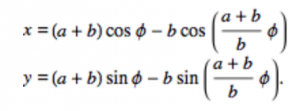
I first tried to figure out how the graph works in coding, and after trying out many options I liked using lines with graph formula. Although I thought this project was simpler than other projects, I found it fun using curve formulas to represent curves in different ways. I first started out with one curve shape but found that putting it in a for loop that varies in sizes makes it more interesting. I also had fun playing with the opacity in both the background and lines.
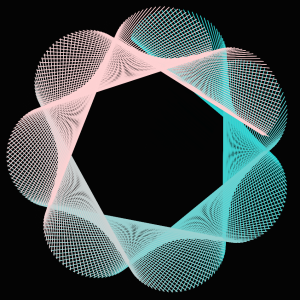
*There are more curves when looked on the browser than when looked in this WordPress blog.
![[OLD FALL 2017] 15-104 • Introduction to Computing for Creative Practice](../../../../wp-content/uploads/2020/08/stop-banner.png)

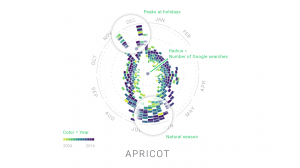
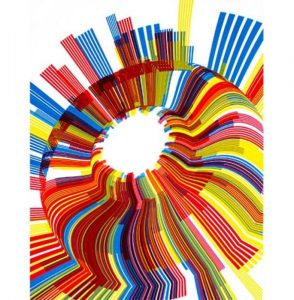
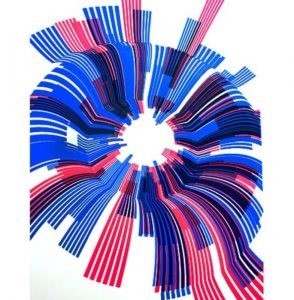
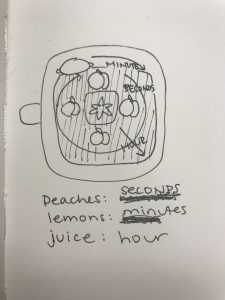
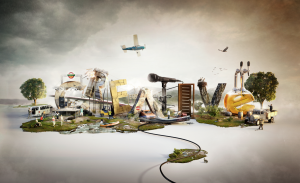

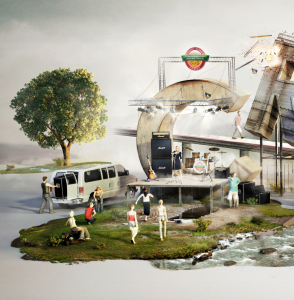
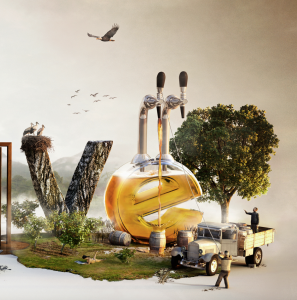
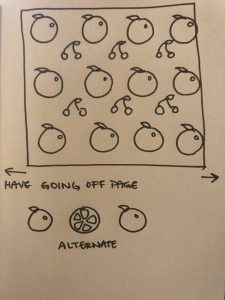
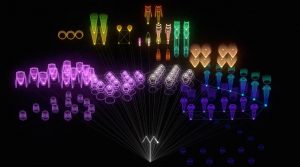
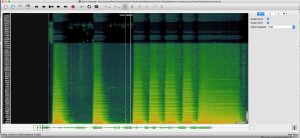
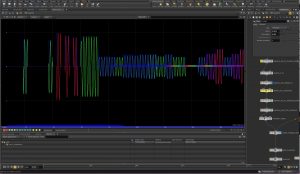
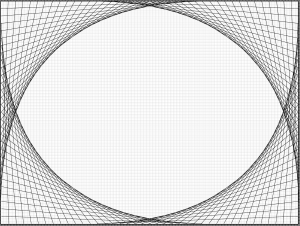
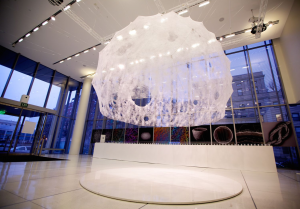
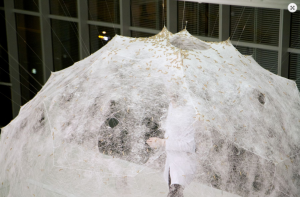
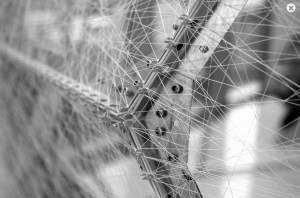 line of thread, an algorithm was created to mimic the single continuous style of the natural silkworm pattern and the variation of density of the fabricated threads. 26 panels of this silk scaffold was made and put together to make a dome. Then, silkworms were put into the dome structure to fill in the gaps with their own biological silk structures.
line of thread, an algorithm was created to mimic the single continuous style of the natural silkworm pattern and the variation of density of the fabricated threads. 26 panels of this silk scaffold was made and put together to make a dome. Then, silkworms were put into the dome structure to fill in the gaps with their own biological silk structures.